

Lincoln County War
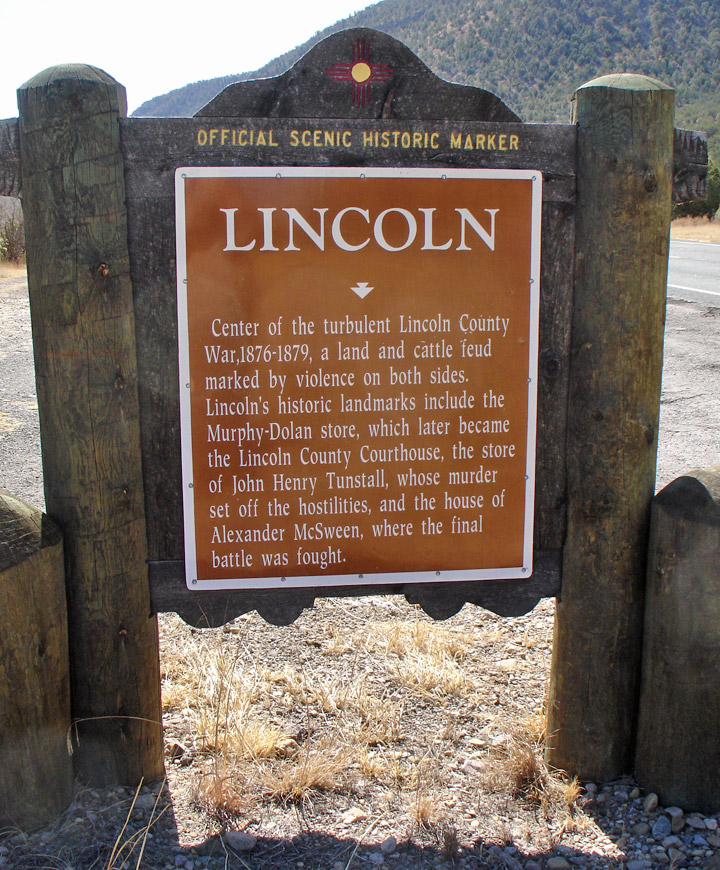
Lincoln County War
The Lincoln County War was a 19th
century conflict between two entrenched factions in America's western frontier.
The "war" was between a faction led by wealthy ranchers and another faction led
by the wealthy owners of the monopolistic general store in Lincoln County, New
Mexico. A notable combatant on the side of the ranchers was William Henry
McCarty (alias William H. Bonney), who is better known to history as Billy the
Kid.
In 1878, a few months after William Henry McCarty was hired by Tunstall,
violence broke out. The House proprietors Dolan and Riley obtained a court order
to seize some of Tunstall's horses as payment for an outstanding debt. The posse
formed to recover the horses contained many criminals, most members of a gang of
outlaws known as "The Boys", led by a transplanted Texas desperado named Jesse
Evans. At one time, a youthful Billy the Kid had been a member of the gang, as
was outlaw William Bresnahan, better known as Curly Bill Brocius, who would
shoot to infamy as the nemesis of lawman Wyatt Earp.
On February 18, 1878, members of the Dolan posse cornered John Tunstall in rural
Lincoln County. When the rancher challenged the deputies, he was shot dead by
Jesse Evans, William Morton, and Tom Hill. Tunstall's murder was witnessed from
a distance by several of his men, including Billy the Kid.
Tunstall's surviving cowhands were deputized to apprehend his killers. Thus
known as the Regulators, they sought to avenge his murder and further the
interests of Tunstall's partners, Alexander McSween and John Chisum. While the
Regulators at various times consisted of dozens of American and Mexican cowboys,
the main dozen or so members were known as the "iron clad". They were; Billy the
Kid, Richard Brewer, Frank McNab, Doc Scurlock, Jim French, John Middleton,
George and Frank Coe, Jose Chavez y Chavez, Charlie Bowdre, Tom O'Folliard, Fred
Waite, and Henry Brown.

Lincoln County War
The Regulators immediately set out to apprehend the Dolan cowboys on their
arrest warrants. First and foremost was William Morton, who was caught in the
countryside near the Rio Peņasco. Morton surrendered after a five mile running
gunfight on the condition that Morton and his fellow deputy sheriff, Frank Baker
(who, though he had no part in the Tunstall slaying, had been captured with
Morton) would be returned alive to Lincoln. Even though Regulator captain
Dick Brewer admitted he would have preferred to have killed them, he gave the
two his assurance they would be safely transported to Lincoln. However some
Regulators insisted on doing away with their prisoners. Their efforts were
balked by one of their own, William McCloskey, a friend of Morton.
On March 9, 1878, the third day of the journey back to Lincoln, in the Capitan
foothills along the Blackwater Creek, McCloskey, Morton, and Baker were all
killed. The Regulators claimed that Morton had murdered McCloskey, then tried to
escape with Baker, forcing them to kill their two prisoners. This story was not
believed by most of their contemporaries, who found the idea that Morton would
have killed his only friend in the group implausible. The fact that the
bodies of Morton and Baker each bore eleven bullet holes, one for each
Regulator, underscored suspicions that they had been deliberately murdered by
their captors, and that McCloskey had lost his life for opposing it.
Coincidentally, on this very same day Tunstall's other two killers, Tom Hill and
Jesse Evans, were put out of action while trying to rob a sheep drover near
Tularosa, New Mexico. In the gun battle, Hill was killed and Evans severely
wounded. While Evans was in Fort Stanton for medical treatment, he was arrested
on an old federal warrant for stealing stock from an Indian reservation.
On April 1, 1878 Regulators Jim French, Frank McNab, John Middleton, Fred Waite,
Henry Brown and Billy the Kid ambushed Sheriff William J. Brady and his deputies
on the main street of Lincoln. Brady died of at least a dozen gunshot wounds,
and Deputy George W. Hindman was hit twice, fatally. Once the shooting stopped,
Billy the Kid and Jim French broke cover and dashed to Sheriff Brady's body,
either to get his arrest warrant for Alex McSween or to steal his rifle. A
surviving deputy, Billy Matthews, wounded both men with a rifle bullet that
passed through each of their legs. French was wounded enough to the point where
he couldn't ride, having to be hidden temporarily by Sam Corbet in a crawlspace
in Corbet's house.
Just three days after the murders of Brady and Hindman, the Regulators headed
southwest from the immediate area around Lincoln, ending up at Blazer's Mills, a
sawmill and trading post that supplied beef to the Mescalero Indians. Here, they
blundered into rancher Buckshot Roberts, whose name was on their arrest warrant.
In the ensuing gunfight, Roberts was mortally wounded, but not before killing
Regulator captain Dick Brewer and wounding John Middleton, Doc Scurlock, and
George Coe.
After Brewer's death, Frank McNab was elected captain of the Regulators, only to
be killed in an ambush by Dolan allies nine miles southeast from Lincoln on
April 29, 1878. Upon his death, Doc Scurlock was named the new captain.
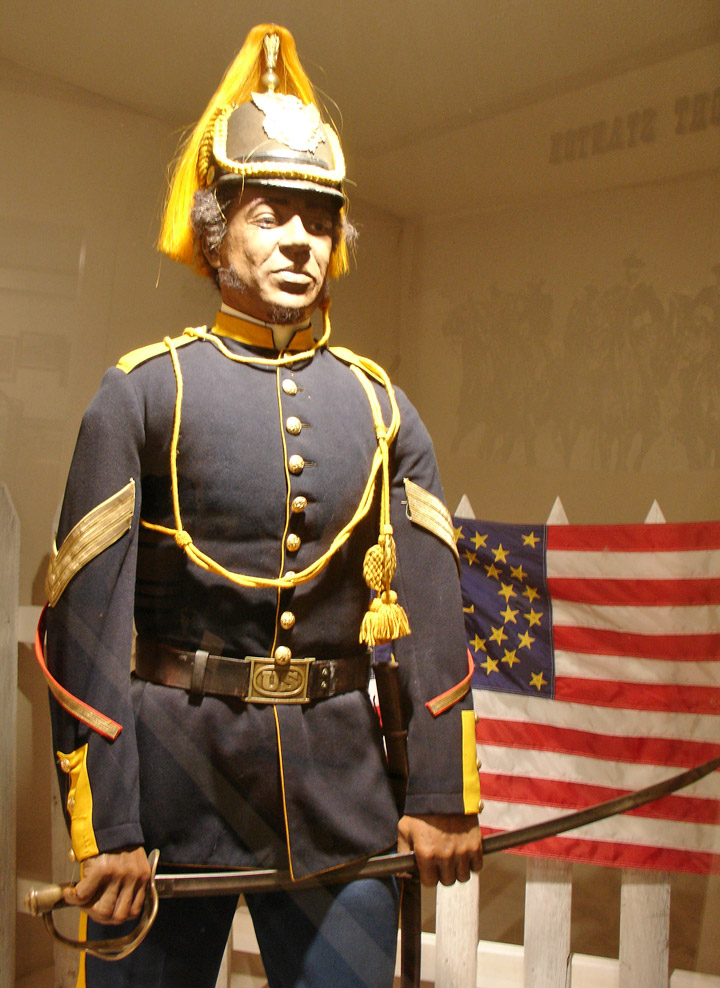
government trooper
The morning after McNab's death, the Regulator "iron clad" took up defensive
positions in the town of Lincoln, trading shots with Dolan men as well as U.S.
cavalrymen. The only casualty was Dutch Charley Kruling, a Dolan man wounded by
a rifle slug fired by George Coe at a distance of 440 yards.
By shooting at government troops, the Regulators gained their animosity and a
whole new set of enemies. On May 15, 1878, they gained some revenge by storming
the area around Seven Rivers and capturing Manuel Segovia, the cowboy who had
killed Frank McNab. Segovia was seen trying to escape, only to be gunned down by
Billy the Kid and Josefita Chavez. Around the time of Segovia's death, the
Regulator "iron clad" gained a new member, a young Texas cowpoke named Tom
O'Folliard, who would become Billy the Kid's best friend and constant sidekick.
Into the summer, the large confrontation between the two forces materialized on
the afternoon of July 15, 1878, when the Regulators were surrounded in Lincoln
in two different positions; the McSween house and the Ellis store. Facing them
were the Dolan/Murphy/Seven Rivers cowboys. In the Ellis store were Doc Scurlock,
Charlie Bowdre, John Middleton, Frank Coe, and several others. About twenty
Mexican Regulators, led by Josefita Chavez, were also positioned around town. In
the McSween house were Alex McSween and his wife Susan, Billy the Kid, Henry
Brown, Jim French, Tom O'Folliard, Jose Chavez y Chavez, George Coe, and a dozen
Mexican cowboys.
Over the next three days, shots and shouts were exchanged but nothing approached
an all-out fight. One fatality was one of the McSween defenders, Tom Cullens,
killed by a stray bullet. Another was Dolan cowboy Charlie Crawford, shot at a
distance of 500 yards by Doc Scurlock's father-in-law, Fernando Herrera. Around
this time, Henry Brown, George Coe, and Joe Smith slipped out of the McSween
house to the Tunstall store, where they chased two Dolan men into an outhouse
with rifle fire and forced them to dive into the bottom to escape.

The impasse remained until the arrival of U.S. troops under the command of
Colonel Nathan Dudley. Upon firing cannons at the Ellis store and other
positions, Doc Scurlock and his men broke from their positions, as did Josefita
Chavez's cowboys, leaving those left in the McSween house to their fate.
By the afternoon of July 19, the house was set afire. As the flames spread and
night fell, Susan McSween was granted safe passage out of the house while the
men inside continued to fight the fire. By 9 o'clock, those left inside got set
to break out the back door of the burning house. Jim French went out first,
followed by Billy the Kid, Tom O'Folliard, and Jose Chavez y Chavez. The Dolan
men saw the running men and opened fire, killing Harvey Morris, McSween's law
partner. Some troopers moved into the back yard to take those left into custody
when a close-order gunfight erupted. Alex McSween was killed, as was Seven
Rivers cowboy Bob Beckwith. Francisco Zamora and Vicente Romero were killed as
well, and Yginio Salazar was shot in the back, while three other Mexican
Regulators got away in the confusion, to rendezvous with the iron clad members
yards away.
Ultimately, the Lincoln County War accomplished little other than to foster
distrust and animosity in the area and to make fugitives out of the surviving
Regulators, most notably Billy the Kid. Gradually, his fellow gunmen scattered
to their various fates, and he was left with Charlie Bowdre, Tom O'Folliard,
Dave Rudabaugh, and a few other friends with whom he rustled cattle and
committed other crimes.
Eventually Pat Garrett and his posse tracked down and killed Tom O'Folliard,
Charlie Bowdre, and later Billy the Kid himself in July 1881. All three were
buried in Fort Sumner, New Mexico.
Text from Wikipedia
Native Americans
Lincoln Museum
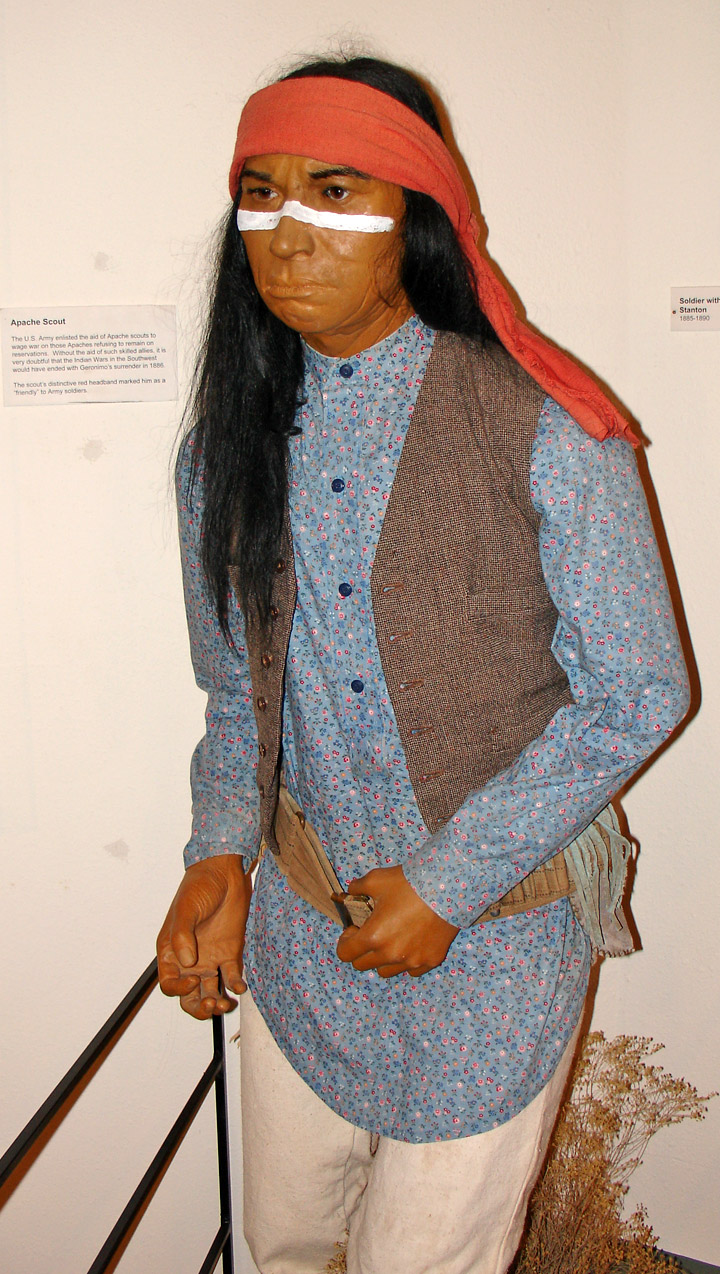
Apache Scout

Feather Cave
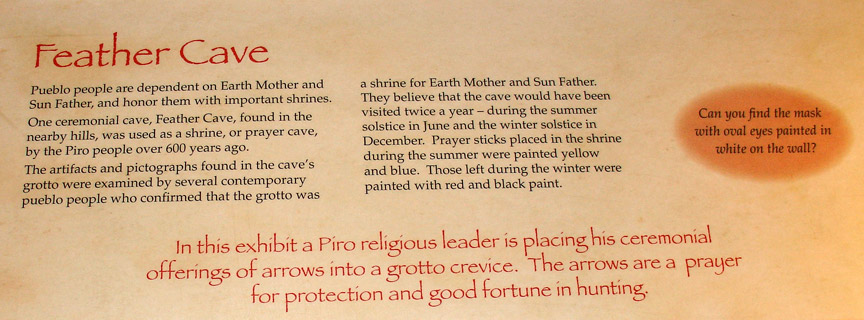
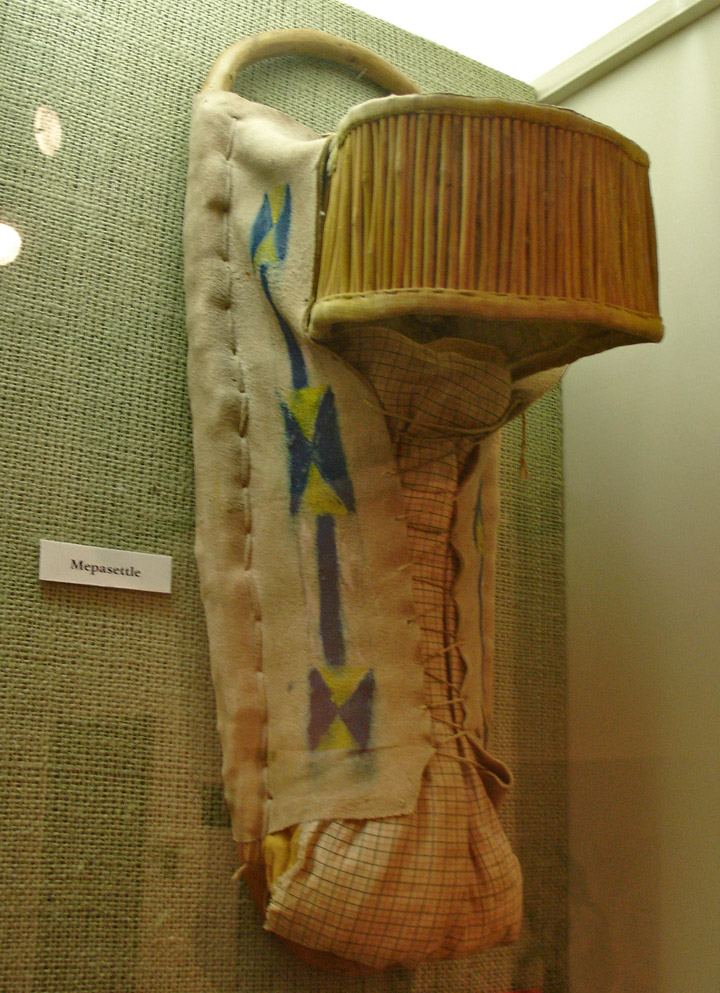
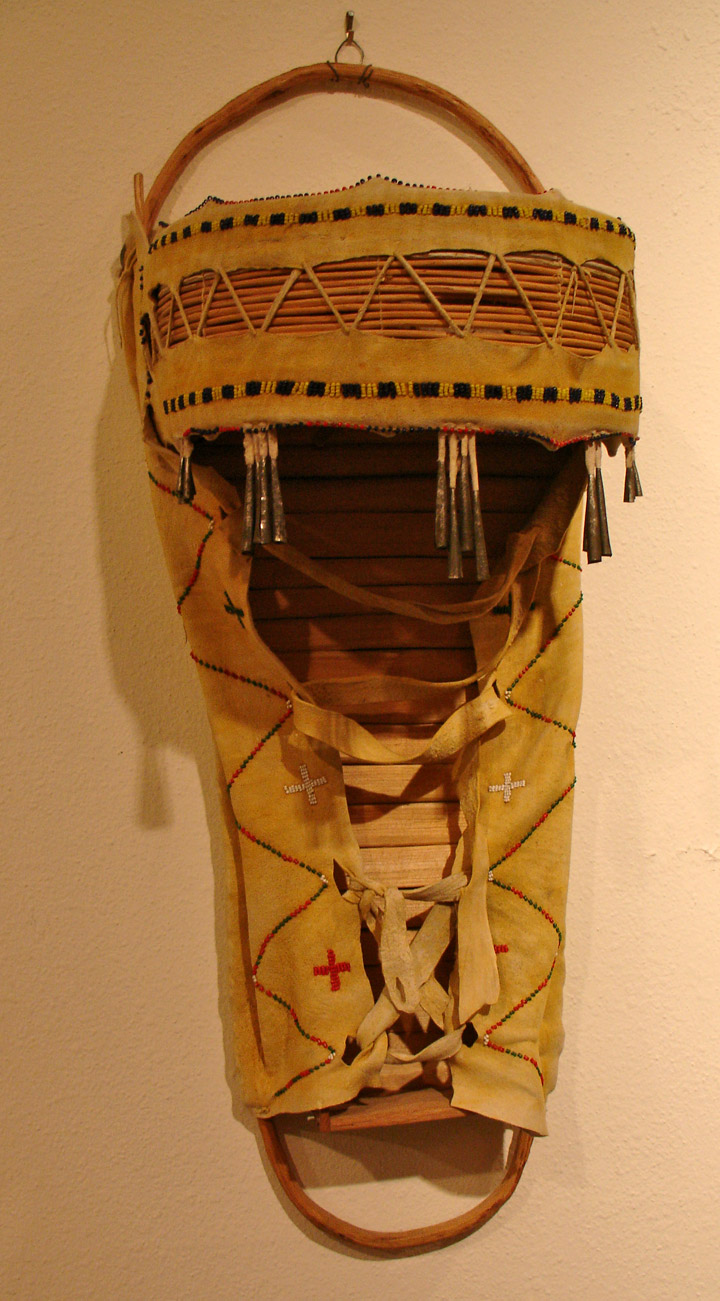
Cradle Boards